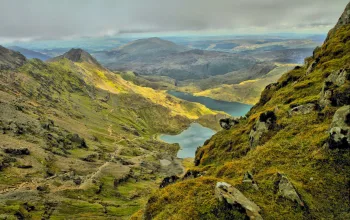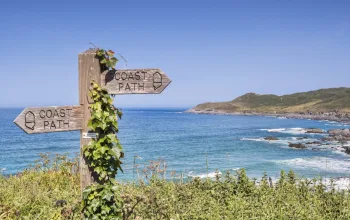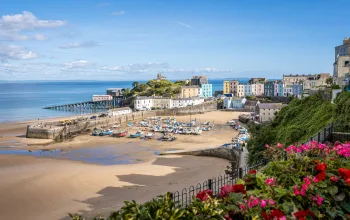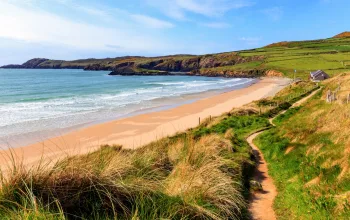At 5,897 metres above sea level, Cotopaxi is not to be underestimated, but is an achievable summit for those with some technical skill and a lot of determination.
From the Jose F. Rivas refuge, which itself is at 4,800 metres and is a short yet steep slog up a scree slope from where most climbers are dropped off by 4x4 the previous evening, you will start your midnight ascent.
The first section is an easy going zig-zag path which ascends towards the huge glacial ice field which enshrouds this active volcano. Once at the ice, harness, crampons and ice axe are essential kit, which must be used from here on in. You should practise donning your crampons before hand, as you will need to take your gloves off and the night time temperatures are well below freezing. You should also be roped together at this point.
Once on the ice, it’s a battle of will to reach the summit, as the ice is at an almost constant unrelenting 45 degrees. Although good steps have been created by previous climbers it’s hard going, and can be compared to climbing a set of frozen stairs for many hours.
Near the summit there is an exciting ladder to negotiate over a large crevasse, and a short climb where your ice-axe is essential, both of which take your mind off your inability to breath properly, as does the incredible natural ice formations which are your constant companion.
At the summit you’re treated to breath taking views down into the crater and across to Chimbarazo, at only 400 metres or so higher, the highest mountain in Ecuador, and the seemingly endless chain of volcanoes which flank this section of the Pan American Highway.
The altitude is the biggest hurdle when climbing Cotopaxi and all care, and preferably at least a week, should be spent acclimatising. Quito, the capital of Ecuador, is at 2820 metres, so even by sleeping there you’ve started the process of creating the all-important red blood cells which will allow your body to carry the oxygen it needs to reach Cotopaxi’s summit. And please, if attempting Cotopaxi, don’t forget the old climbing adage ‘at the top you’re only halfway there’ as the ice is very tricky on the way down and is almost as tiring as on the way up.




















